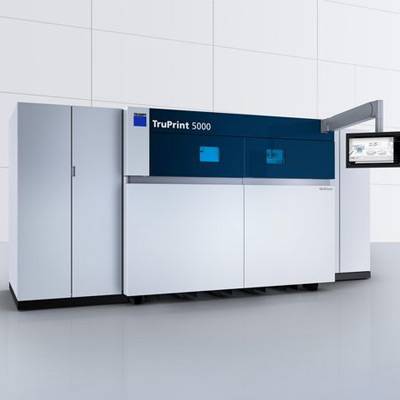دېكابىر . 31, 2024 05:00 Back to list
Innovative Semi-Automatic Sausage Tying Solutions for Efficient Production Processes
The Rise of Semi-Automatic Sausage Tying Revolutionizing Food Processing
In the world of food processing, efficiency and precision are paramount, particularly in the meat industry. One of the most labor-intensive tasks in this sector has traditionally been sausage tying. However, advancements in technology have led to the emergence of semi-automatic sausage tying machines, revolutionizing the way sausage products are manufactured. This innovation not only enhances productivity but also improves the quality and consistency of sausage production.
Understanding Semi-Automatic Sausage Tying
Semi-automatic sausage tying machines represent a significant step forward from manual tying methods, where every sausage must be tied by hand. These machines utilize a combination of automated tooling and manual operation to streamline the tying process, allowing for greater speed and efficiency while still providing an element of human oversight.
The operation of these machines typically involves the user placing filled sausage casings into the machine’s guiding mechanisms. The machine then performs the tying of the sausages at predetermined intervals, creating consistent lengths and securing them with string or clips. This significantly reduces the time taken to produce large quantities of sausages while maintaining a level of flexibility that fully automatic machines may lack.
Benefits of Semi-Automatic Sausage Tying
1. Efficiency One of the most notable advantages of semi-automatic sausage tying machines is the increase in production speed. With the machine handling the tying process, operators can focus on other vital aspects of sausage production, such as stuffing and seasoning, thus optimizing the workflow in a production facility.
2. Consistency Uniformity in product size and appearance is critical in the food industry. Semi-automatic machines ensure that each sausage is tied with the same level of tension and distance between ties, resulting in a consistent product that meets consumer expectations. This uniformity also supports better cooking and packaging processes, leading to higher quality end products.
3. Labor Savings With a semi-automatic system in place, the reliance on skilled labor for tying sausages is significantly reduced. This not only cuts down on labor costs but also minimizes the training required for new employees, allowing producers to adapt quickly to changes in workforce availability.
semi-automatic sausage tying

4. Quality Control Automated tying mechanisms reduce the potential for human error, which can lead to issues such as under-tightening or uneven spacing of ties. This leads to a more reliable product that adheres to food safety standards and reduces waste caused by product failure during cooking or handling.
5. Flexibility Semi-automatic machines provide the flexibility to accommodate different sausage sizes and types. Operators can easily adjust the settings to switch between various products without requiring extensive downtime, making these machines ideal for small to medium-sized operations that produce a diverse range of sausages.
Challenges and Considerations
Despite the numerous benefits of semi-automatic sausage tying machines, there are challenges to consider. Initial investment costs for machinery can be considerable, and maintenance is required to ensure optimal performance over time. Additionally, while semi-automatic systems reduce labor requirements, they do not eliminate the need for skilled operators who can manage the machines and ensure quality control throughout the process.
Moreover, food processors must stay compliant with health and safety regulations. The introduction of any new machinery necessitates rigorous testing to ensure it meets industry standards and does not compromise food safety.
The Future of Sausage Production
As technology continues to advance, the food processing industry will likely see further innovations in sausage tying systems. The integration of smart technology may lead to machines that can learn and adapt on-the-fly based on production needs. Enhanced data analytics could provide insights into production efficiency, leading to ongoing improvements in the sausage-making process.
In conclusion, the rise of semi-automatic sausage tying machines marks a significant evolution in the food processing industry. By balancing automation with human oversight, these systems offer a practical solution to the challenges of traditional sausage production. As consumers demand higher quality and more consistent products, embracing such innovations will be vital for meat processors looking to maintain a competitive edge in the market.
Latest news
-
Sausage Link Cutter JC999-03: Precise, Efficient Production
NewsAug.19,2025
-
Pneumatic Clipping Machine - Shijiazhuang Bossin Machinery Equipment Co., Ltd.|Streamline Sausage Production&Seamless Integration
NewsAug.18,2025
-
Pneumatic Clipping Machine-SHJZ Bossin|Sausage Production, Food Processing
NewsAug.18,2025
-
Pneumatic Clipping Machine-SHJZ Bossin|Sausage Production Line&Automated Clipping
NewsAug.18,2025
-
High Speed Filler-Linker-Hanger Line for Efficient Production
NewsAug.18,2025
-
Pneumatic Clipping Machine-Shijiazhuang Bossin Machinery|Sausage Production Line, Small Meat Shop Equipment
NewsAug.17,2025
